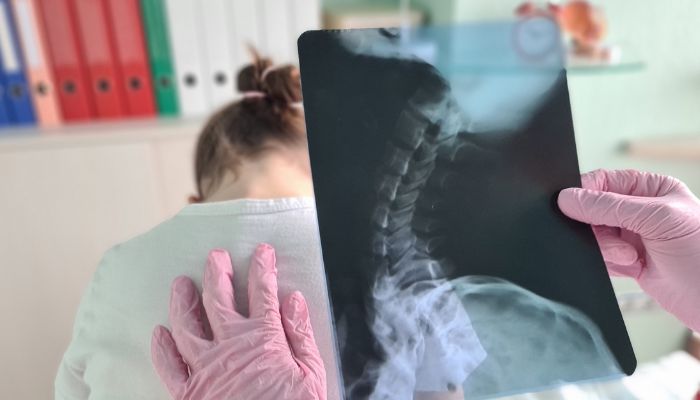
Deformity Correction
Deformity correction refers to surgical procedures aimed at correcting physical abnormalities or deformities in bones, joints, or soft tissues. These deformities can be congenital (present at birth), acquired through injury, disease, or aging, and often involve the musculoskeletal system, such as the spine, limbs, or joints.
Types of Deformities Corrected
- Skeletal Deformities:
- Congenital Deformities: Abnormalities that occur during fetal development, such as clubfoot, scoliosis, or limb length discrepancies.
- Acquired Deformities: Deformities resulting from trauma, diseases like arthritis, or infections.
- Spinal Deformities:
- Scoliosis: Abnormal curvature of the spine, often treated through bracing or surgical interventions
- Kyphosis: Forward curvature of the spine, which may cause a rounded back.
- Lordosis: Excessive inward curvature of the lower back, often treated with physical therapy, braces, or surgery.
- Joint Deformities:
- Arthritic Deformities: Joint deformities caused by rheumatoid arthritis, osteoarthritis, or other conditions leading to joint misalignment.
- Joint Contractures: Seen in conditions like cerebral palsy or following severe injury.
- Limb Length Discrepancy:
- Unequal Leg Length: Can be corrected through surgical procedures such as limb lengthening (using external fixators or internal rods) or shortening the longer limb.
Methods of Deformity Correction
- Non-Surgical Methods:
- Bracing: Used to correct minor deformities, like in cases of scoliosis or knock-knees.
- Physical Therapy: Involves exercises to improve strength, flexibility, and alignment, which may help with mild deformities or post-injury recovery.
- Orthotics: Custom shoe inserts or supports that correct alignment and reduce pain for foot or limb deformities.
- Surgical Methods:
- Osteotomy: Surgical cutting and repositioning of bones to realign joints or correct limb deformities.
- Spinal Fusion: A procedure to join vertebrae in cases of severe spinal deformities like scoliosis or kyphosis.
- Joint Replacement: In cases of severe arthritis or joint deformity, damaged joints may be replaced with artificial prostheses.
- Limb Lengthening Surgery: A technique where bones are gradually lengthened using external fixators or internal devices to correct leg length discrepancy.
Benefits of Deformity Correction
- Improved Functionality: Restores or enhances the ability to move or use the affected body part.
- Pain Relief: Correcting deformities often alleviates associated pain, especially with joint or spinal issues.
- Enhanced Appearance: Deformity correction can improve physical appearance, especially in cases of visible limb or spinal abnormalities.
- Quality of Life: Restoration of normal movement and reduction in discomfort allows patients to resume daily activities and improve their overall quality of life.
Deformity correction is a crucial aspect of musculoskeletal treatment, improving both the function and appearance of affected areas. While non-surgical methods can be effective for minor deformities, surgical intervention may be necessary for more complex or severe cases. With advances in medical technology and surgical techniques, deformity correction offers patients a chance to live pain-free and restore normal mobility.